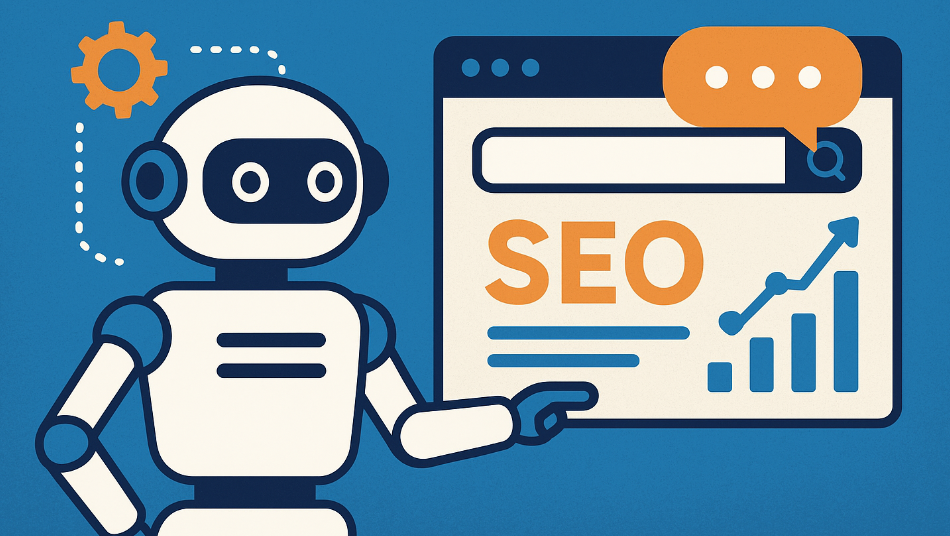In case you heard the buzz about AI Engine Optimization (AEO), you are not the only one. The question of what it is and whether it is the new SEO is being posed by marketers, business owners and tech watchers alike. And as individuals start using AI-driven assistants to ask them to provide suggestions, details, and solutions, rather than simply typing in Google, the logical question arises: Which is, How do we ensure that brands or content appear in search results there, as well?
And the truthful answer is: nobody knows yet. Nevertheless, that has not prevented professionals to develop AI based marketing strategies,, despite their own lack of knowledge. The process of AI Engine Optimization is new enough, so a lot of rules are still not even written. We shall examine why this space has remained the Wild West to some extent.
The Technology Is pieces of changing.
Consider the early years of internet. The search engines were primitive and nobody knew entirely how the results came up. This is where AI tools are at the moment. And each system, be it chatbots, recommendation engines, etc. functions differently, and they all evolve on a continuous basis. That is, any so-called formula of optimization might become outdated almost overnight.
AI Is Not Playing by Search Engine Rules.
In the case of the search engine optimization, we were taught that the keywords, links, and quality contents would make you move up the ranks of Google. AI isn’t so straightforward. It does not provide the list of websites; just one of the answers which is written in its own words is provided. An answer to why it has decided to give such an answer, or how it should be appearing in its answer, is a puzzle even to most experts.
The beauty of SEO was that you could see the progress: how many clicks you received, in what position you ranked or how traffic was increasing. However, what is the measurement of AI? The frequency, at what rate an AI is talking about your brand? To what extent does it describe your business? At the moment, they do not have a scoreboard and this makes it almost impossible to perfect strategies.
All of us Still Experimenting.
Since no playbooks are obvious, businesses are merely experimenting and wishing things turn out fine. Others are re-arranging content to make it more AI-friendly, whereas others are working on credibility and brand authority. They are, nevertheless, tests, not manuals.
Moreover, in case we learn how to make AI prefer some answers, what is the boundary line? Should brands be capable of influencing AI to mention them only? What is going to occur when someone realizes how to beat the system? Regulators and ethicists are also likely to have a say on this though in the meantime it is contributing even more uncertainty to the mix.
So, What Can We Do Right Now?
Although the actual AEO does not seem to have a clear roadmap yet, there is one certainty, and that is, credible, transparent, and clear information will never be neglected. When your brand is trustworthy, clear, and consistent in all platforms, then you are offering the best opportunity to AI systems to act as a real reflection of your brand.
In a short: AI Engine Optimization isn’t ready yet, but it will be. At this point, it is no longer a game of pursuing tricks but remaining visible, believable and prepared when the rules do solidify.
